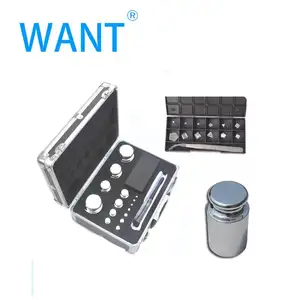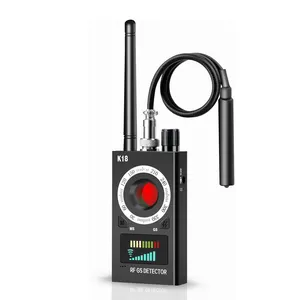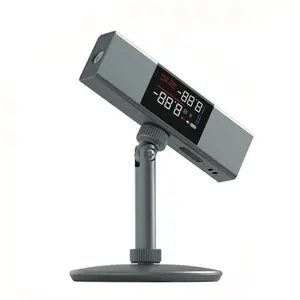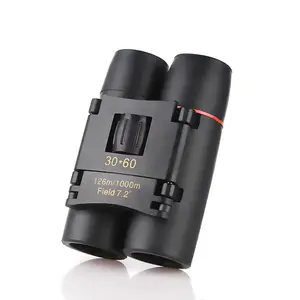Popular in your industry




































































Related Searches:
























































































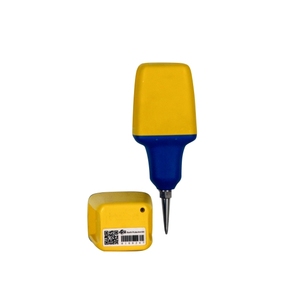


































About refraction seismic equipment
Understanding Refraction Seismic Equipment
Refraction seismic equipment is an essential tool in the field of geophysical exploration, providing critical data for the analysis of subsurface geological structures. This equipment is pivotal for professionals in industries such as oil and gas exploration, mining, and civil engineering, where understanding the Earth's subsurface is crucial.
Types and Applications
The versatility of seismic refraction equipment is evident in its various types, each tailored for specific exploration needs. From portable units for field studies to more sophisticated systems for in-depth analysis, these tools serve a broad spectrum of applications. They are commonly employed in site investigation, mineral exploration, and in the assessment of geological hazards.
Features and Materials
Modern seismic refraction tools are designed with a focus on user-friendliness and accuracy. They are constructed from durable materials that can withstand the rigors of fieldwork, while their design incorporates advanced technology for precise measurements. Features may include high-resolution data acquisition, robust processing software, and compatibility with various sensors and data sources.
Advantages of Seismic Refraction Method
The seismic refraction method offers several advantages, including the ability to provide a continuous profile of subsurface conditions and the capacity to penetrate to significant depths. This method is also non-invasive, making it an environmentally friendly option for subsurface exploration. The data collected by seismic refraction instruments is invaluable in constructing accurate geological models.
Selection Considerations
When selecting refraction seismic equipment, it is important to consider the specific requirements of your project. Factors such as depth of investigation, resolution needed, and the complexity of geological structures should guide your choice. Additionally, the integration capabilities with other geophysical tools can enhance the overall effectiveness of the investigation.
Complementary Technologies
For comprehensive subsurface analysis, integrating seismic refraction technology with other geophysical methods can provide a more complete picture. Technologies such as ground-penetrating radar and magnetometers can complement seismic data, offering a multi-faceted approach to subsurface exploration.

